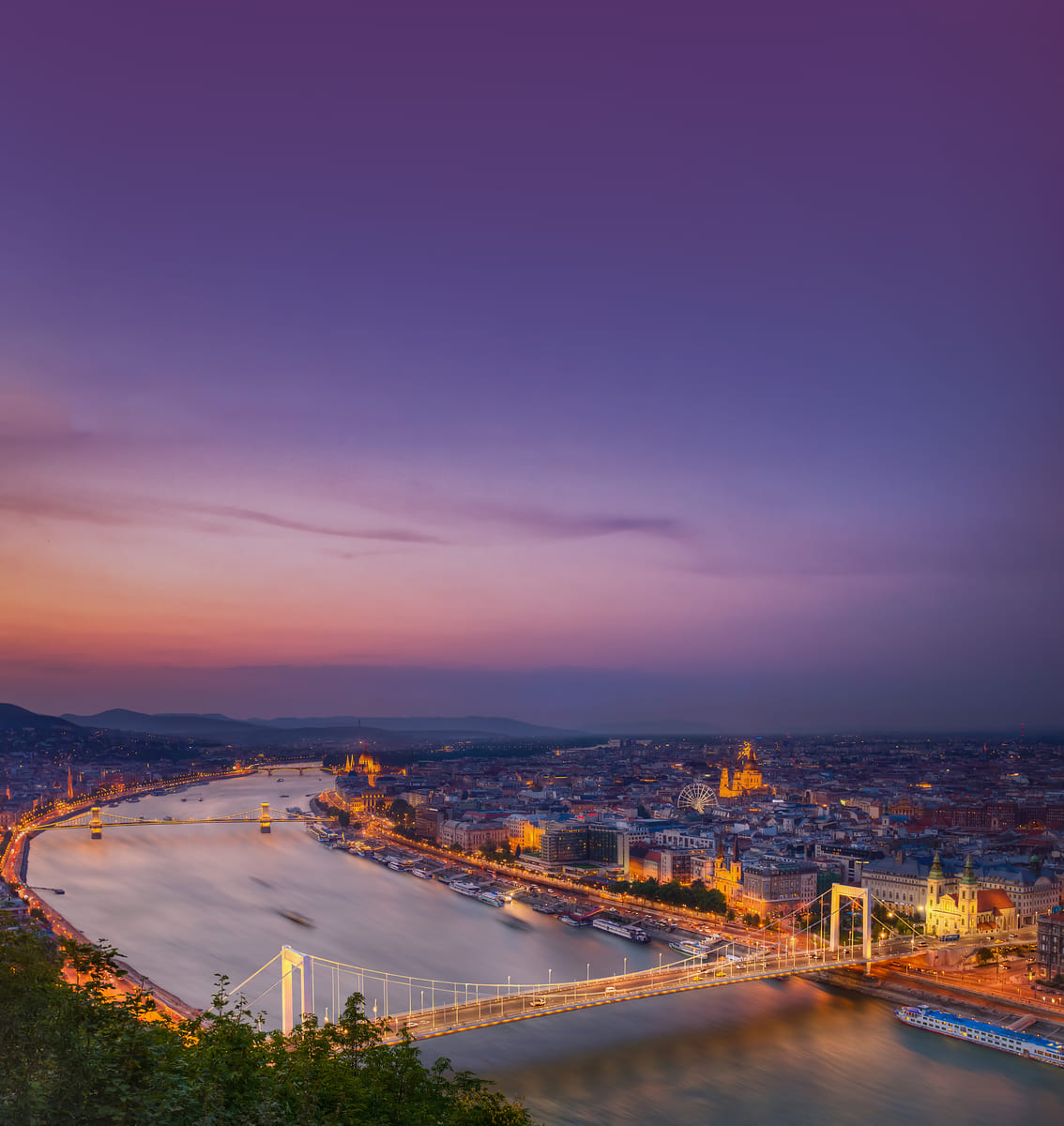
What was once the Kingdom of Dalmatia stretches north from Montenegro past Bosnia and Herzegovina and into Croatia. The seemingly endless islands that dot the modern-day Dalmatian Coast give this relatively small region a delightfully disproportionate stretch of coastline. Its deep azure waters are protected and calm, making it a nautical paradise ripe for exploring.
For every islet along this famed coastline - they number more than 500 - there are countless coves and bays that boats can call home for a night. Croatia is a well-known sailors' playground, and small ship cruising is the ideal way to discover the intricacies of the coastline from a base of luxury. The islands offer such a wealth of cultural experiences that it's actually possible to overlook what's between them - the inviting turquoise waters of the Mediterranean.

The ancient city of Dubrovnik was named a World Heritage site in 1996
Dubrovnik
It's hard to say what is a more captivating experience; - walking the ancient walls of Dubrovnik's old city, or sailing around them. Gazing up from the water, it's nearly impossible to tell where the natural rock cliffs end and the medieval fortress walls begin. Walk the well-preserved walls of this UNESCO World Heritage site for a bird's eye view of the Adriatic Sea, the orange-tiled roofs of Dubrovnik, and the Dinaric Alps rising up behind the city.

The Old Bridge of Mostar was commissioned by Suleiman the Magnificent and took nine years to complete
Bosnia and Herzegovina
One link in the coastal Croatian chain belongs to Bosnia and Herzegovina. The city of Mostar is only a short trip from the coast, but offers refreshing mountain air. The community formed along the 15th century trade route used to transfer minerals from central Bosnia to port on the Adriatic. Adventurous mariners can retrace this historic route by sailing up the River Neretva towards the Stari Most (Old Bridge) that straddles the river and connects the city.

The Blagaj Tekija was built circa 1520, and is considered a national monument of Bosnia
Just outside Mostar is Blagaj Tekija, a dervish monastery that is as rich in history as it is in scenery. The monastery is a living artifact of the Ottoman Empire that has stood for five centuries. The setting is spectacular - nestled into limestone cliffs, keeping guard over the cave which is the source of the River Buna. Traditional dervish services are still held at Blagaj Tekija.
Hvar and Stari Grad
Unlike many of the rocky islands along the Dalmatian Coast, Hvar is a place of fertile land and freshwater springs. The rolling hills of the island are covered in olive groves, orchards and lavender fields. Hvar lavender was once a significant international export and is still known for its potency in scent and medicinal properties.

Just fifty years ago Hvar accounted for 8% of the world's total lavender oil production
The small town of Stari Grad lies at the base of the hills. While nearly every city along the Dalmatian Coast is built around an old town, Stari Grad literally means old town. It's arguably one of the best anchorages in the entire region. The Stari Grad Bay extends from the Adriatic right into the heart of the town where boats can drop anchor or dock up. Unlike many town walls designed to protect their residents from seafaring assailants, the waterfront promenade that circles the bay rests just a few feet above the water. The unassuming beauty of the small town is more than enough invitation to hop on land and explore the narrow cobblestone streets and stone churches.

Krka's waterfalls and gorges are formed of limestone, which forms many intricate caves and potholes
Krka National Park
Following the River Krka inland from the city of Šibenik leads to one of Croatia's most recognized national parks. The park protects the flora and fauna along both sides of the River Krka, where lavender, rare plants, fish and bird species thrive. It's also home to impressive waterfalls; along a half-kilometer stretch of the river, there are 17 waterfalls cascading towards the sea. The travertine pools and steep falls can be visited by riverboat and a network of wooden steps and walkways that line the river.
Peregrine's Small Ship Adventure Cruises bring you intimate experiences with the world's most gorgeous destinations. Get in touch with your local Travel Associates Consultant today to find out how fewer crowds, more local encounters, and an increased focus on your destination can ensure the Croatian cruise of a lifetime.

one of a kind holiday?
Takes 3 minutes
